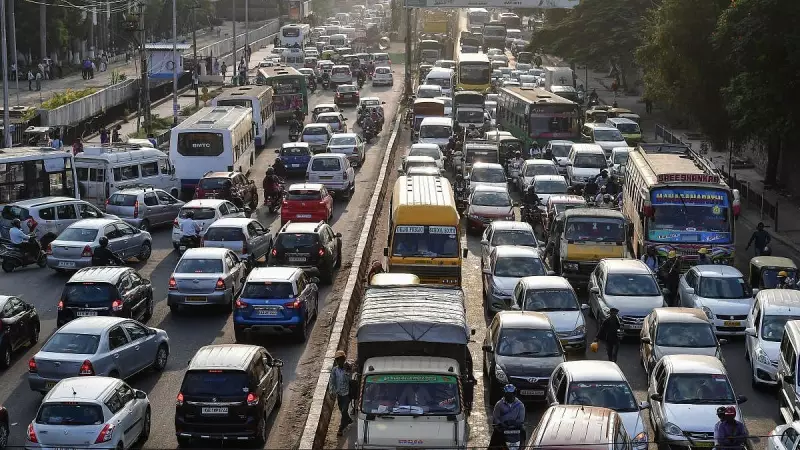
A recent United Nations report has placed Bengaluru among the world's top ten most densely populated cities, highlighting India's rapid urban transformation. The study, released by the UN Department of Economic and Social Affairs, reveals significant shifts in global population patterns with Indian cities at the forefront of this change.
India's Urban Landscape Transforms
The comprehensive UN report indicates that cities now accommodate 45% of the global population of 8.2 billion people, marking a significant milestone in human settlement patterns. This urban concentration reflects broader trends of migration and population growth that are reshaping countries worldwide.
India's urban story stands out particularly, with the nation now housing five megacities that have reached unprecedented population scales. The inclusion of Bengaluru in the elite list of the world's most densely populated urban centers underscores the southern city's remarkable growth trajectory from a pensioner's paradise to a global technology hub.
Key Findings from the UN Report
The report, released on November 18, 2025, provides crucial insights into how urbanization is progressing across different regions. According to the data compiled by UN researchers, the world is becoming increasingly urban, with cities serving as magnets for economic opportunity and social advancement.
Kalyan Ray, the journalist who reported on these findings, highlighted the significance of the timing and scope of the UN assessment. The data reveals not just current population distributions but also projects future urban growth patterns that will influence policy decisions for decades to come.
Implications for Urban Planning and Development
The recognition of Bengaluru as one of the world's most densely populated cities carries significant implications for urban planners and policymakers. This density presents both challenges and opportunities for sustainable development, infrastructure planning, and quality of life improvements.
The presence of five Indian cities in the megacity category demonstrates the scale of urban management challenges facing the country. These population concentrations require innovative approaches to transportation, housing, water management, and public services to ensure they remain livable and productive.
As cities continue to absorb larger portions of the global population, the experiences of rapidly growing urban centers like those in India will provide valuable lessons for other developing nations undergoing similar transformations.





